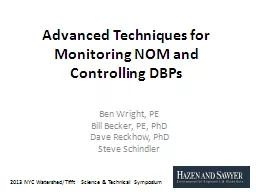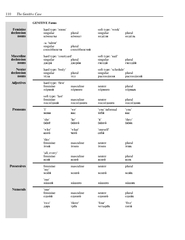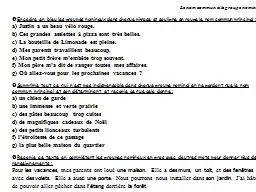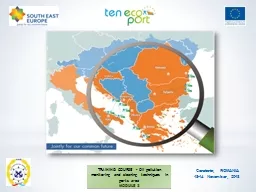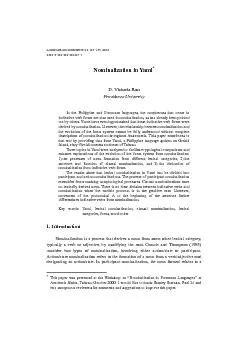PPT-Advanced Techniques for Monitoring NOM and Controlling DBPs
Author : alexa-scheidler | Published Date : 2016-03-09
Ben Wright PE Bill Becker PE PhD Dave Reckhow PhD Steve Schindler 2013 NYC Watershed Tifft Science amp Technical Symposium Frumhoff et al 2007 Peduzzi 2004 Water
Presentation Embed Code
Download Presentation
Download Presentation The PPT/PDF document "Advanced Techniques for Monitoring NOM a..." is the property of its rightful owner. Permission is granted to download and print the materials on this website for personal, non-commercial use only, and to display it on your personal computer provided you do not modify the materials and that you retain all copyright notices contained in the materials. By downloading content from our website, you accept the terms of this agreement.
Advanced Techniques for Monitoring NOM and Controlling DBPs: Transcript
Download Rules Of Document
"Advanced Techniques for Monitoring NOM and Controlling DBPs"The content belongs to its owner. You may download and print it for personal use, without modification, and keep all copyright notices. By downloading, you agree to these terms.
Related Documents

